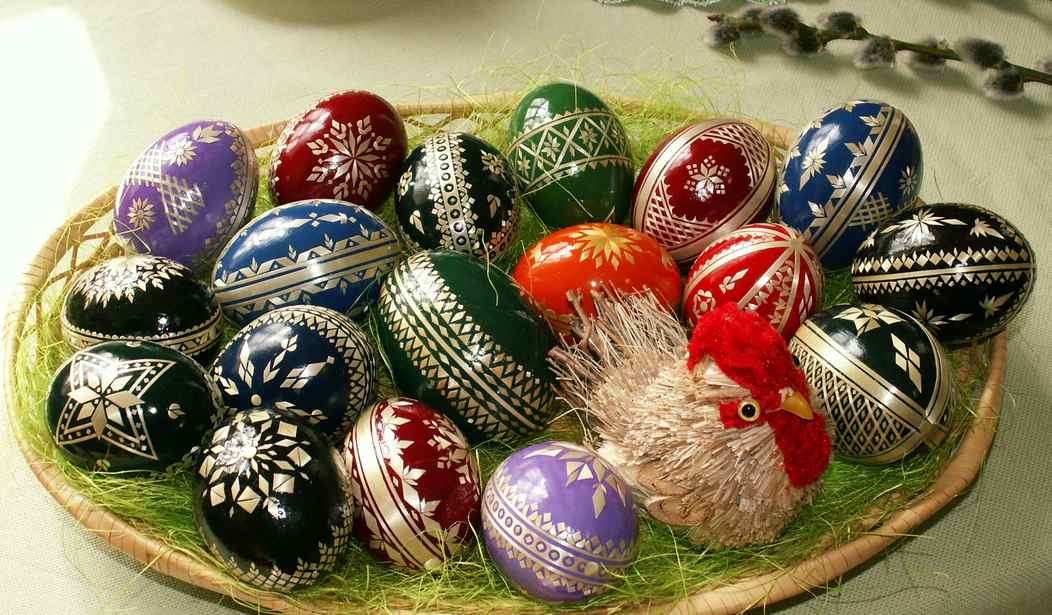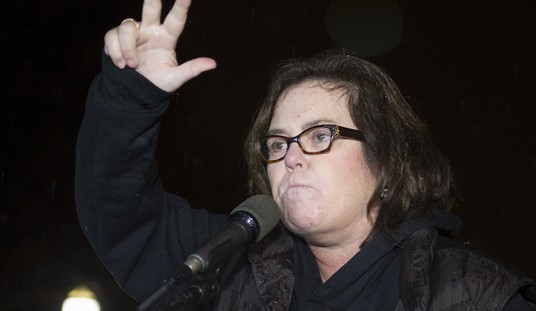Χριστός Ανέστη! Αληθώς ανεστη! Христос воскрес! воістину воскрес! Christ is Risen! Indeed He is Risen!
One of my favorite parts of Easter (or “Pascha,” to use the Byzantine term) growing up was the pysanky eggs. My family attended a Ruthenian rite Byzantine Catholic Church, a rite coming out of Ukraine, and the elaborately decorated eggs were an essential part of Easter decor. When I was little, a Ukrainian lady who had survived Nazi persecution and eventually emigrated to America used to make most of the pysanky eggs at the church. She tried to teach me how to make them, but I’m afraid I didn’t successfully make one until I was much older; even then it looked nothing like hers, which were each an intricate masterpiece.
Ukraine isn’t the only country with such eggs. Poland also has a tradition of similarly decorated Easter eggs, called pisanki. Decorated Easter eggs in Russia led to the creation of the famous jeweled Fabergé eggs. But because I went to a Ukrainian church, I am most familiar with pysanky.
There are different reasons proposed for where the tradition of decorating Easter eggs started. One reason is that eggs, which can be hatched as chicks, symbolize new life, just as Jesus rose from the dead and brought us all to new life.
The name for these Easter eggs—pysanka in the singular and pysanky as plural—is derived from the Ukrainian verb pysaty, which means “to write,” or писати in Ukrainian. So in this case, the word refers to the writing on the eggs. While many Christians might be familiar with dying Easter eggs with solid colors, Ukrainian Easter eggs often feature complex geometric and floral designs.
What Time did not mention, but seems important context to me, is that in the Byzantine Catholic and Orthodox traditions, making an icon (holy image) is referred to as “writing” an icon. In other words, in Eastern Christianity, art connected to the sacred is not called “painting” or “drawing.” I do not know for sure, but I wouldn’t be surprised if writing on pysanky eggs is tied to the concept that images can tell stories just as well as, and sometimes more powerfully than, words.
There are many layers of meaning to the colors and designs on pysanky eggs. Red, for instance, symbolizes love and Christ’s blood, while white symbolizes purity and light. Some images put on eggs are tied to the plants that grow or are planted in the spring, like flowers and wheat. Just as Christ brought humanity new life at Easter, so there is new life everywhere, both flora and fauna, in the spring. Similarly, pysanky eggs might depict horses or roosters. Crosses, of course, are also put on pysanky eggs, and perhaps on the most elaborate eggs images of Jesus or his mother Mary or churches. Many if not most pysanky eggs, at least the ones I have seen, have intricate geometric patterns, however.
To make a pysanka egg, one blows out the inside of the egg. You draw on the egg with a metal pen dipped in melted beeswax, and with each layer or set of patterns on the egg, the egg it is dipped in a different color dye. Then the wax is carefully burned off the egg to uncover the blank area, and the wax is re-applied until a series of dyeings create a colored pattern.
Pysanky eggs are exceptional works of art representing the spiritual realities of Easter and the material realities of spring.










Join the conversation as a VIP Member